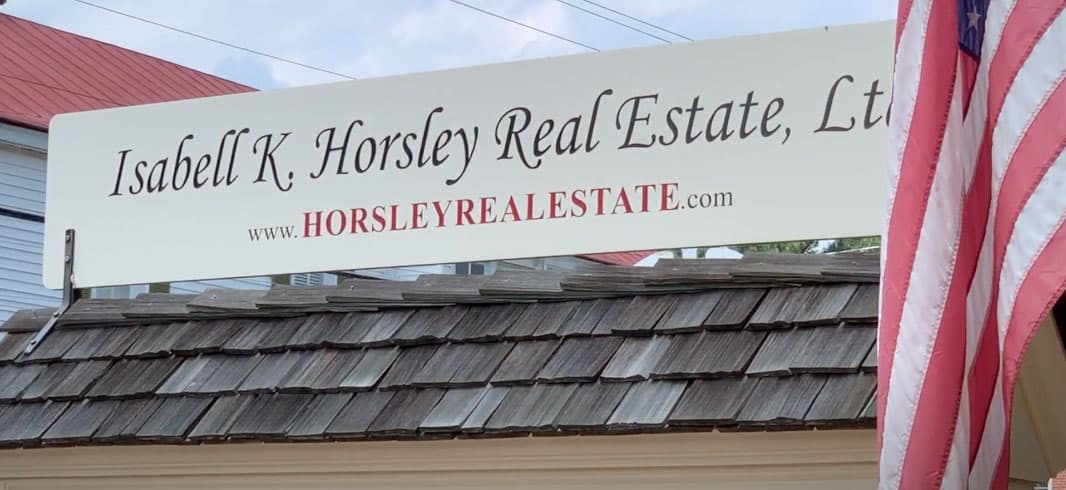Real estate professionals are modernizing to meet challenging times
Spring is typically the busiest time of year for home sales, but the coronavirus pandemic has upended business as usual. How are real estate professionals around the Bay adapting? Like the rest of us, they are getting creative.
With social distancing requirements, it’s no surprise that many buyers and sellers are nervous about showings. If we can’t allow our relatives into our homes, the idea of letting in a complete stranger seems absurd. In response, many realtors are turning to 3D virtual tours and even FaceTime to serve the market.
Bo Bragg, a principal broker at Bragg & Company in Kilmarnock, Virginia, recently sold a home on Prentice Creek to a gentleman who made an offer sight unseen. “Zillow’s 3D app allowed him to walk through the home as if he were there in person and even step outside to admire the landscaping,” says Bragg. “He used NOAA.gov to explore the creek’s controlling depths and calculate the distance to the Bay, and he researched the neighborhood and school districts all online.”
Zillow has expanded its virtual tour offerings, allowing buyers to choose between a video tour and an in-person tour where a licensed agent walks through the home while on FaceTime with the buyer. “That’s a great tool,” says Bragg, “because the buyer can ask the agent to look in that cupboard or open that cabinet. It’s all done in real-time, which makes for a better experience.”
Katie and David Dew, 3rd generation leaders and brokers of Horsley Real Estate in White Stone, Virginia, believe that these enhanced tools have streamlined the entire process and helped their business stay nearly in synch with last year despite the challenges.
“While there are fewer people visiting the Northern Neck on the weekends,” says Katie, “traffic to our website is higher than usual for this time of year, and buyers appear to be better qualified and have already narrowed their search to avoid unnecessary showings.”
This technology is being applied to listings at all price points. “We have five showings in the next two days for properties ranging from $139K to the sprawling, $6.5-million Dymer Hall estate,” says David. “Some will be second homes and some will be primary homes.”
David comes from the banking industry and comments that “Interest rates are at historic lows and it’s still a great time to buy. Lots of people are refinancing their homes to take advantage of the low rates and liquidate equity.” Even with the high volume, most banks still project a 45-day closing, according to David.

The increased use of telecommunication tools isn’t the only way real estate professionals are adapting. Many brokers have incorporated new policies and procedures for their agents when performing in-person showings.
“We advise the use of N95 masks and gloves and request that sellers leave all the lights on and interior doors open to reduce the touching of surfaces,” says Katie. “Only agents are allowed to open doors and should use disinfectant wipes when doing so. ” And, when the buyer is ready to make an offer, services like DocuSign allow for contracts to be written and
accepted remotely.
Bragg & Co. and Horsley Real Estate are early adopters of technology. Both embraced the use of drone footage, 3D apps, and FaceTime video tours as soon as the technology became accessible. They are even using Facebook Live to broadcast to multiple audiences in real time.
That puts other realtors who are late adopters at a distinct disadvantage. They may struggle with the learning curve to gain the ability to apply the technology to all of their listings quickly and effectively.
“We can’t create demand,” says Bragg, “But we are leveraging the tools we have to take advantage of the demand that exists.”
And, as for the Dymer Hall estate, Katie quips “Who wouldn’t want to quarantine themselves on 36 acres with sweeping views of the Chesapeake!”




